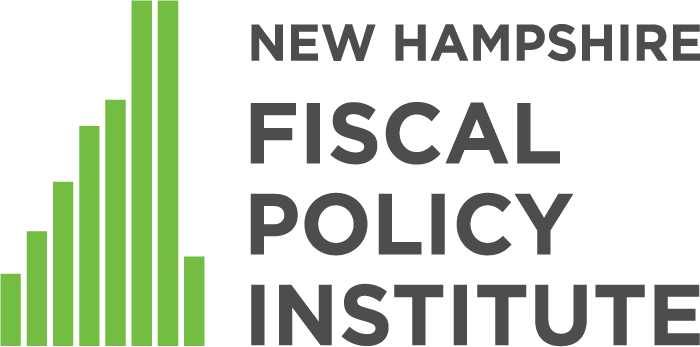Concord, N.H. – Drug-related deaths in New Hampshire dropped to their lowest level in more than a decade as state and federal investments in prevention, treatment, and recovery services had a sustained surge in funding, according to a new study released today by the New Hampshire Fiscal Policy Institute. In 2024, 287 Granite Staters died from drug-related causes, down from a peak of 490 in 2017. Over the past decade, New Hampshire has invested more than $834 million in prevention, treatment, and recovery – a 450 percent increase in annual spending since 2014.
The study, published as October’s National Substance Use and Misuse Prevention Month begins, analyzed a decade of state and federal funding streams, including Medicaid Expansion, federal State Opioid Response grants, and opioid settlement funds, and compared them to statewide drug-related fatality trends. By drawing on both national and New Hampshire-specific data, the study finds that declining drug-related deaths have occurred during and following a decade of rising investment in substance use disorder services, suggesting an important relationship between the two.
Key findings from the study include:
- Drug-related deaths decreased 33.4 percent between 2023 and 2024, marking the sharpest single-year decline in at least a decade.
- In 2024, 83.6 percent of drug-related deaths in New Hampshire involved opioids, underscoring the continued impacts of the epidemic.
- Since 2014, the state has invested more than $834.7 million in SUD prevention, treatment, and recovery services – with a 450 percent increase in annual spending from 2014 to 2024.
- In 2015, New Hampshire had the second-highest drug-related mortality rate in the nation (32.5 deaths per 100,000 residents). By 2024, that rate had fallen more than 38 percent to 20.0 deaths per 100,000 – the lowest in New England and below the national average.
- Preliminary data from the first half of 2025 suggest that this downward trend may continue, with 77 reported drug-related deaths compared to 122 during the same period in 2024.
The study also highlights gaps that remain. About three in four Granite Staters who needed treatment in 2022–2023 did not receive it, reflecting ongoing barriers such as provider shortages, regional disparities, and housing instability. The study also warns that proposed changes to Medicaid and reductions to state funding streams could reverse recent gains.
“Funding does not solve everything, but the available evidence indicates resources and strategies devoted to combating substance use disorder over the last decade appear to have yielded some success,” said Jessica Williams, NHFPI policy analyst and the lead author of the study. “Sustaining that success may require ongoing and improved investments to help ensure Granite Staters can access the care they need.”
The full study, Substance Use Disorder Services Funding in New Hampshire, is available at https://nhfpi.org/resource/substance-use-disorder-funding-in-new-hampshire/.
###
